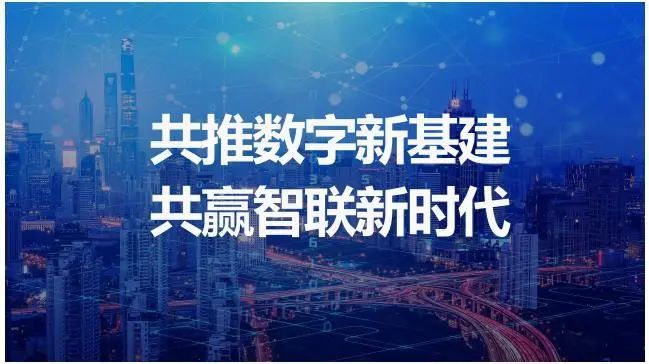
In today's digital age, artificial intelligence has become a household name, and it could lead us into a world of intelligent machines that mimic humans. With the development of artificial intelligence, artificial intelligence technology has been successfully applied to industries such as healthcare services. In addition, this technology has pushed artificial intelligence to new heights in another way, and in the days to come, the coexistence of humans and machines will be regarded as a symbolic relationship. This means combining the cognitive, emotional advantages of humans with those of machines.
semiconductor factor
At the same time, big data, machine learning and automation brought by artificial intelligence have forced the world to focus on artificial intelligence. Likewise, the proliferation of AI capabilities has greatly disrupted production and labor processes. Industries using AI include manufacturing, agriculture, healthcare, media and advertising, oil and gas, BFSI (banking financial services and insurance), automotive, transportation and retail. But it is important to remember that all functions of artificial intelligence are powered by high-performance artificial intelligence chips (GPU, FPGA and ASIC), so it also has an impact on the semiconductor industry.
In fact, artificial intelligence affects the growth of the semiconductor industry in two ways, namely, the demand for innovative technologies and the enhancement of product manufacturing processes. The former creates new marketing opportunities and facilitates improvements in manufacturing processes. For example, the Tensor Processing Unit (TPU) enables Google applications to use AI to recognize objects in audio recordings, images, and videos.
In the latter case, machine learning, neural networks are used in applications such as wafer defect inspection and classification, optical metrology, chip fabrication and modeling, photoresist profiling testing, semiconductor production results testing, wafer process control and monitoring Waiting for the process.
Strengthen the supply chain
According to Accenture's annual report, nearly three-quarters of semiconductor respondents were told to have adopted AI in their business. Additionally, nearly two-thirds of semiconductor respondents (63%) expect AI to have an outsized impact on their business within the next three years, compared to just 41% of respondents across 20 industries who are skeptical . Another survey revealed that AI could enable semiconductor companies to capture 40% to 50% of the total value from the technology stack. Additionally, many AI applications will require specialized solutions, necessitating changes to the semiconductor supply chain.
One of the major challenges facing the semiconductor supply chain is chip production time. According to IEEE, chip production time refers to the time from the initial stage to the final product. During this period, up to 30% of production cost losses are mainly on testing. Therefore, embedding AI applications in production to systematically analyze losses at every stage of production allows manufacturers to optimize operational processes. This capability will become even more valuable when using next-generation semiconductor materials, which tend to be more expensive (and volatile) than traditional silicon.
conflict between nations
Last July, Japan restricted exports to South Korea, affecting three elements critical to semiconductor production: hydrogen fluoride, fluorinated polyimide and photoresist. Photoresists and hydrogen fluoride are made from Chinese raw materials, more precisely rare earth metals. As China has emerged as a leading supplier of raw materials and one of the world's largest manufacturing hubs, it plays a key role in the AI supplier market in Asia. According to government sources, Japan is arguably a monopoly in the entire production chain. So while South Korea has the potential to be the world's largest semiconductor player and chip maker, this regionally restricted situation could change the outlook for each institute that is part of the semiconductor and AI market.





